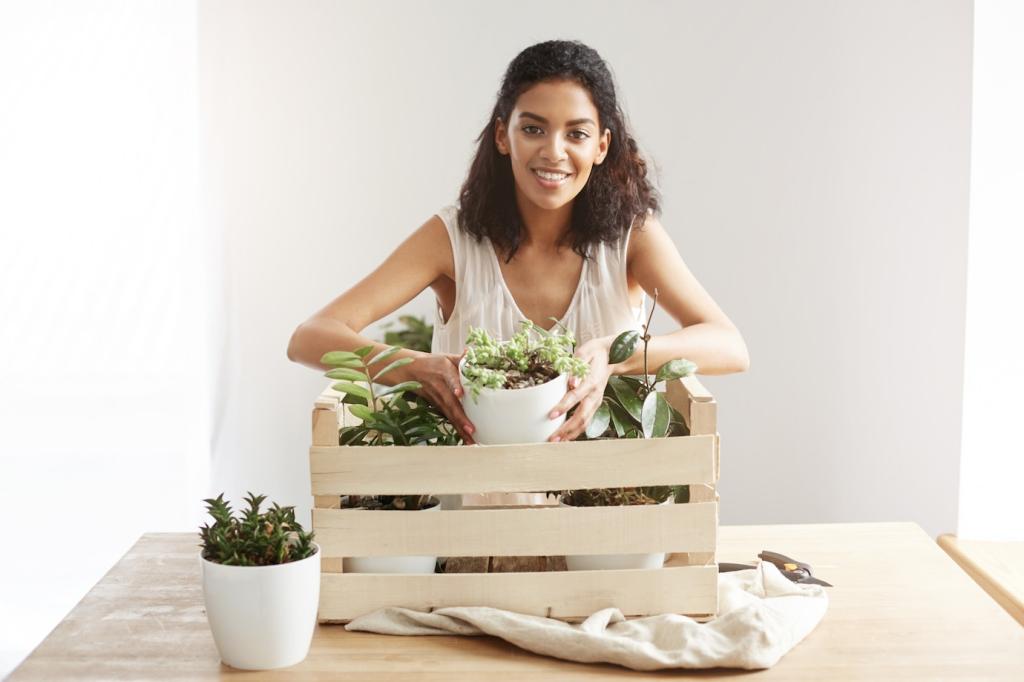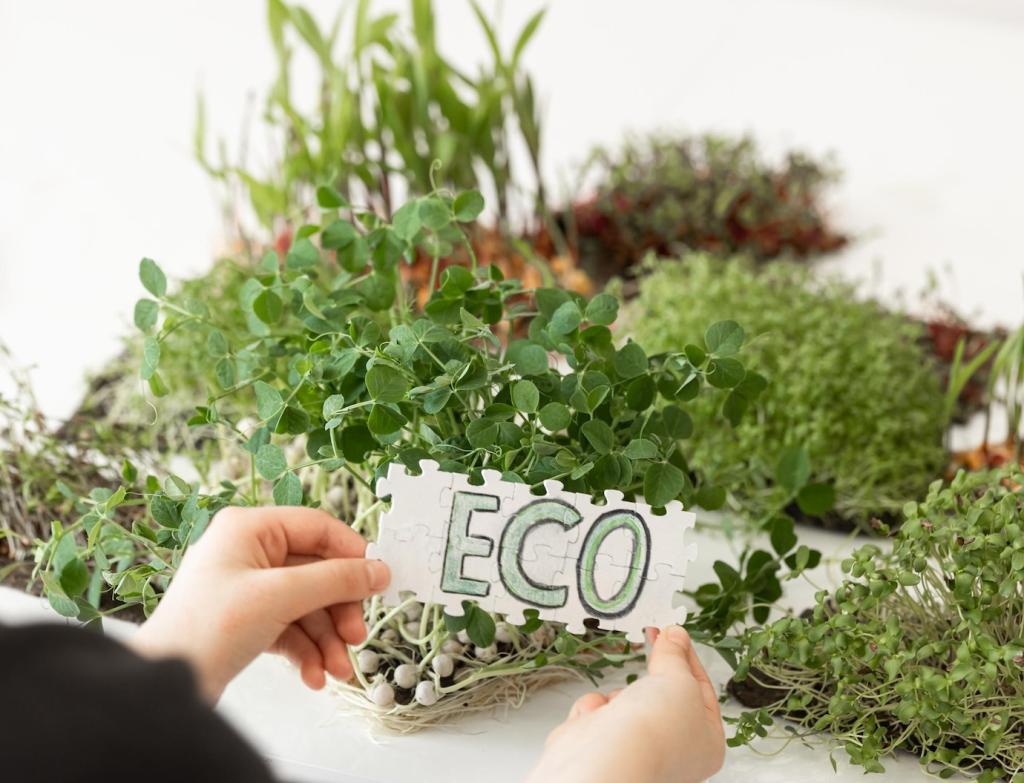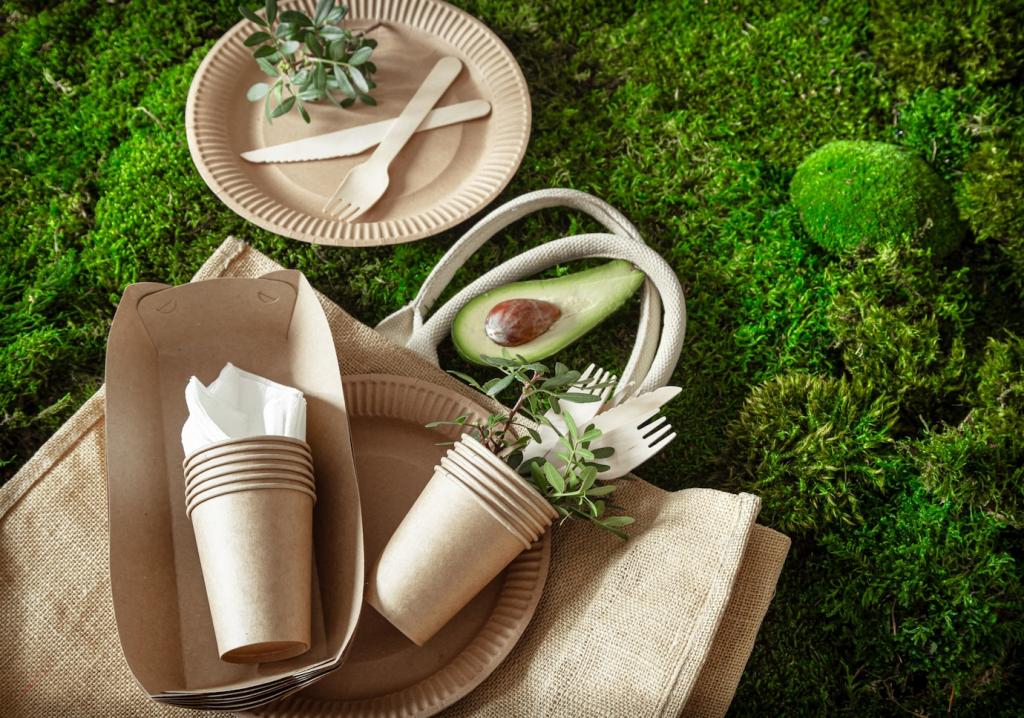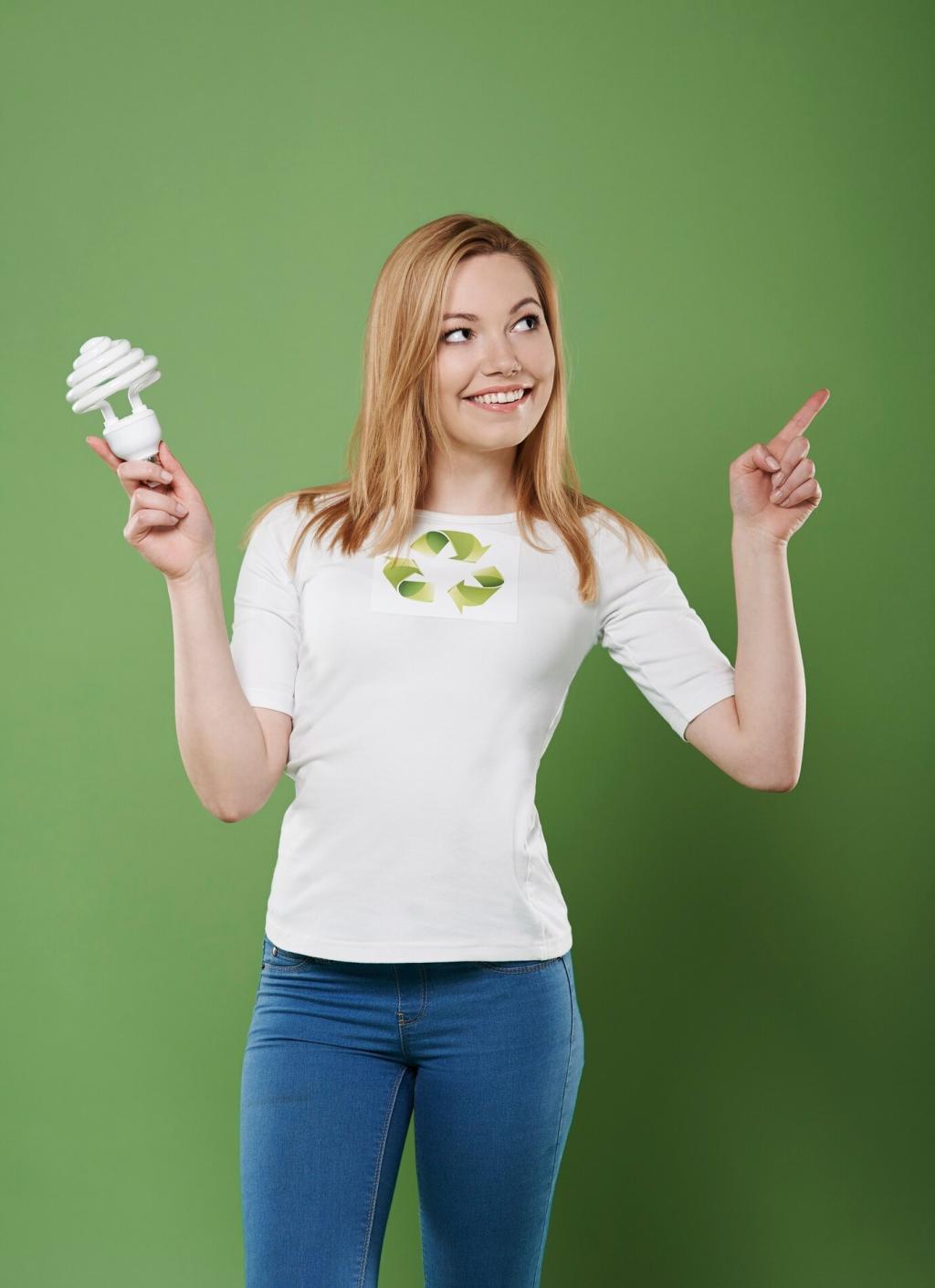Keep It Beautiful: Preventing Damage to Sustainable Furniture
Chosen theme: Preventing Damage to Sustainable Furniture. Explore practical, planet-minded ways to protect pieces you love—from reclaimed-wood tables to bamboo chairs—so they last longer, look better, and reduce waste. Share your experience, ask questions, and subscribe for fresh, thoughtful tips.
Know Your Materials, Know Their Weak Spots
Reclaimed wood breathes with the room, expanding in humidity and contracting when it’s dry. Prevent cracks and gaps by keeping relative humidity stable, ideally around 40–55%, and avoid sudden temperature swings. Always use coasters for cold drinks to stop water rings that can penetrate oil finishes.
Know Your Materials, Know Their Weak Spots
Bamboo is tough and rapidly renewable, but it dislikes standing water and harsh abrasives. Wipe spills quickly, use a slightly damp microfiber cloth, and avoid scouring pads. For small dents, a warm, damp cloth and gentle heat can lift compressed fibers without introducing chemical damage.


Daily Habits That Quietly Add Years
Coasters, Trivets, and Breathable Mats
Prevent water rings, heat blushing, and steam damage by normalizing coasters and trivets at every seat. Choose breathable mats under plant pots so moisture doesn’t get trapped. Place a subtle coaster stack in arm’s reach to nudge guests—kind reminders prevent permanent white marks.
Felt Pads and Glide Guards
Stick felt pads under chair legs and table bases to stop grit from carving crescents into floors and frames. Replace pads quarterly, especially in busy rooms. For heavier pieces, add glide guards so you can reposition safely without dragging, which twists joints and loosens eco-friendly fasteners.
Rotate, Rest, and Rebalance
Rotate seat cushions and flip reversible pads monthly to distribute pressure evenly, preventing imprints and fabric thinning. Let sofas “rest” by shifting where you regularly sit. A simple calendar reminder keeps cushioning resilient, reduces sag, and preserves sustainably sourced foam or natural latex.

Taming UV Without Losing the View
Direct sun fades dyes and amberizes oils. Use sheer curtains, UV-filtering window film, or adjustable blinds to soften rays during peak hours. Rotate pieces seasonally so any patina develops evenly, and position delicate textiles a few feet back from sun-drenched panes.

Humidity Sweet Spot for Stability
Keep relative humidity around 40–55% to minimize warping, checking with a simple hygrometer. In winter, humidify dry rooms; in summer, dehumidify damp basements. Avoid placing furniture over heat vents or right against radiators, where rapid drying stresses glued joints and plant-based finishes.

Temperature: Slow Changes, Long Life
Sustainable materials handle gradual shifts better than shocks. Aim for comfortable ranges—about 18–24°C—avoiding abrupt swings from open windows in winter or direct AC blasts in summer. Gentle stability keeps joints tight, finishes flexible, and adhesives derived from bio-resins performing reliably.
Non-Toxic Cleaning and Conscious Maintenance
pH-Neutral Cleaners and Microfiber
Dust with a dry microfiber cloth first, then spot-clean using pH-neutral soap diluted in warm water. Wring thoroughly to avoid over-wetting seams and edges. Skip bleach, ammonia, and silicone polishes, which can haze natural oils and complicate future refinishing on sustainable wood surfaces.


Oil, Wax, and Low-VOC Love
Refresh oil or hard-wax finishes with low-VOC, plant-based products that nourish fibers instead of suffocating them. Apply thin coats along the grain, buffing to a soft sheen. Always test in an inconspicuous area, and document the product used so future maintenance remains compatible.
Handle, Move, and Store Without Harm
Lift, Don’t Drag
Always lift from sturdy points, ideally with two people. Dragging twists legs and racks hardware, especially on designs using eco-friendly adhesives. Remove shelves and drawers before moving to reduce stress, and secure doors so they don’t swing and chip corners during tight turns.
Disassemble with Careful Labeling
If a piece is modular, disassemble along designed seams. Label hardware in paper envelopes and photograph assemblies for quick rejoinery. When reassembling, tighten gently and evenly, avoiding overtightening that crushes fibers in bamboo or stripped threads in reclaimed wood screw holes.
Breathable Storage, Climate Considered
Wrap with cotton sheets or kraft paper—never plastic that traps moisture. Elevate off concrete floors with blocks, and keep storage between 15–24°C with stable humidity. Leave slight airflow around pieces so finishes cure naturally and fabrics avoid musty odors or mildew spots.


Pets, Kids, and Real-Life Protection
Give cats irresistible scratch posts and place them near targeted furniture edges. Use removable, clear corner guards during training phases. A light spritz of water-based, pet-safe deterrent on vulnerable spots discourages clawing without introducing toxins that could off-gas in living spaces.
Pets, Kids, and Real-Life Protection
Slip on washable, natural-fiber covers for sofas and dining chairs. Layer wool throws or heavy cotton runners on high-contact zones. These sacrificial layers catch crumbs, paw prints, and marker mishaps, allowing easy laundering while keeping the underlying sustainable upholstery clean and intact.
Quick Repairs That Prevent Bigger Problems
Micro-Scratch Camouflage
For shallow scratches on oiled wood, rub a matching plant-based repair wax or a walnut’s natural oils along the grain, then buff. This reduces contrast without sealing pores with silicone. If color mismatch persists, use a touch of low-VOC pigment blended into oil.
Tighten Joints on a Schedule
Set a biannual checkup to snug bolts and confirm chairs don’t wobble. Use hand tools, not power drivers, to feel resistance and avoid overtightening. A drop of wood-safe, reversible glue in a loose dowel joint can stabilize without compromising future restoration or recycling.
Stain Triage, Calm and Methodical
Blot spills immediately, then test cleaners in hidden spots. Work from the stain edge inward to avoid halos. Heat marks from hot mugs may lift with a warm iron and a cotton cloth, applied briefly. Patience and gentle passes prevent finish bloom from getting worse.

A Story, A Ritual, A Community
A reader rescued an old oak factory bench, planed it lightly, and finished with linseed oil. After one careless winter, rings appeared. Switching to coasters, stabilizing humidity, and a soft re-oil brought the glow back. The dents remained—now cherished as markers of laughter.
